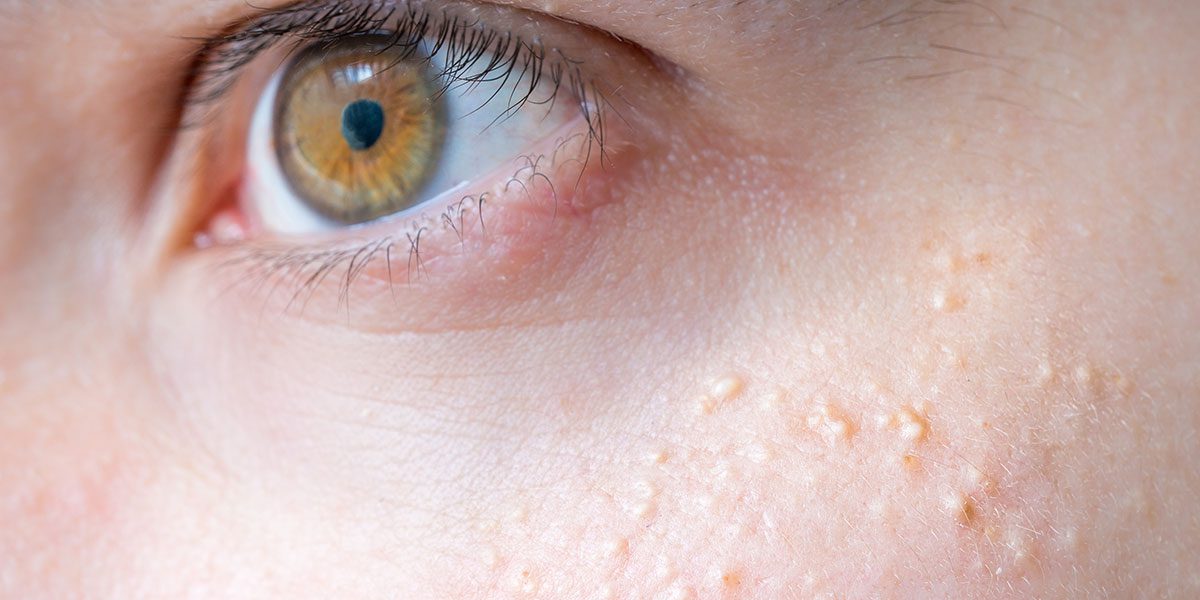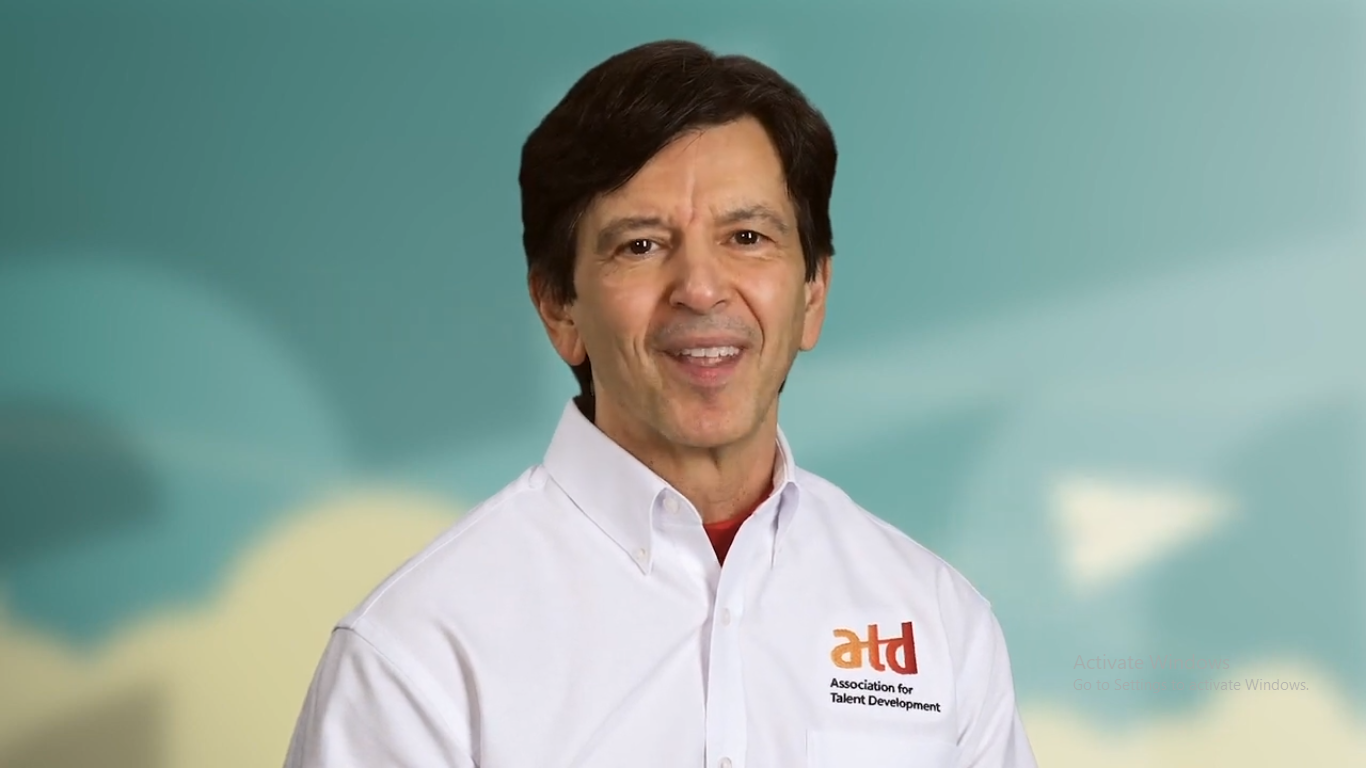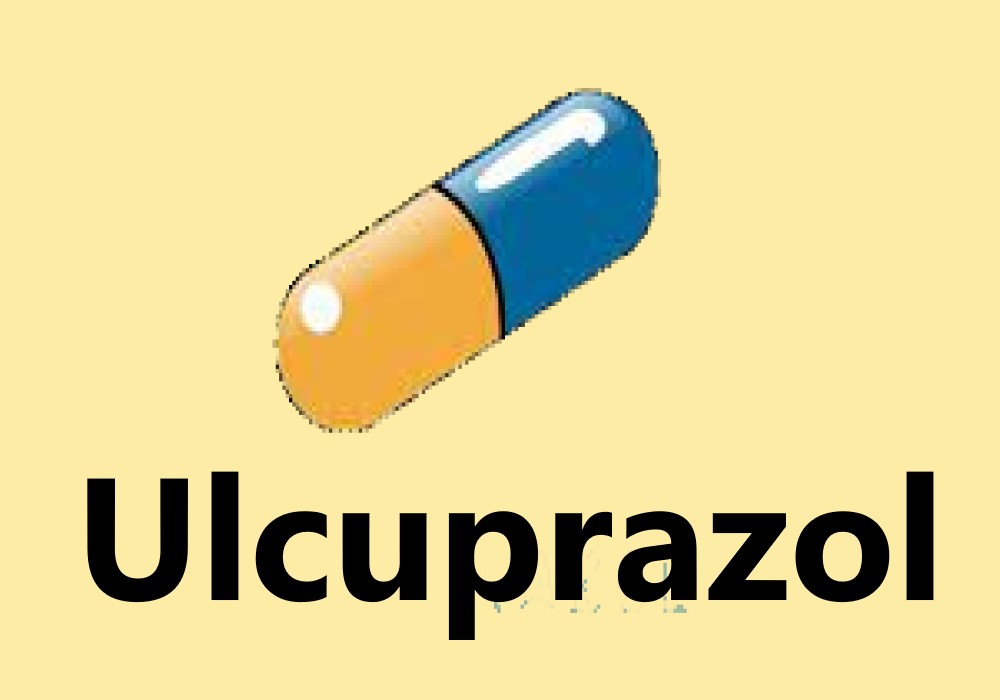In pursuing flawless skin, we often encounter pesky bumps and cysts that appear out of nowhere. One common skin concern is milialar, those tiny, benign cysts that can pop up on our faces and leave us wondering how to deal with them. In this thorough manual, we’ll look into the world of milialar, exploring its origins, causes, and effective methods of prevention and treatment. Let’s embark on this journey to demystify milialar and achieve our desired clear, radiant skin.
What is Milialar and Why Does it Occur?
Milia, or milialar, are small, harmless cysts that develop when dead skin cells become trapped beneath the skin’s surface, forming tiny, pearly white or yellowish bumps. The root cause lies in natural skin regeneration: old skin cells don’t shed properly, and new skin grows over them, trapping them beneath the surface. These cysts, while harmless, can be a cosmetic concern, especially when they appear on prominent facial areas.
Types of Milia and Associated Diseases
Understanding milia involves recognizing its different types. Primary milia, which affects people of all ages, may happen for some reasons, including excessive sun exposure, usage of heavy skincare products, or genetic predisposition. Secondary milia, on the other hand, can arise from skin trauma, burns, or certain skin diseases like porphyria cutanea tarda or epidermolysis bullosa.
Is Milialar Harmful and How to Remove it?
Milia, in themselves, are not harmful. However, they can cause self-consciousness, especially when they appear in apparent areas like the face. Thankfully, there are efficient methods to get rid of them. Dermatological extraction by professionals, topical retinoid creams, and gentle exfoliation can help eliminate these cysts. For those preferring natural remedies, steam treatments, regular cleansing, and sunscreen can aid in milia prevention.
Preventing Milia: Your Shield Against Recurrence
Prevention, as they say, is the best cure. Opting for non-comedogenic skincare products, regular exfoliation to remove dead skin cells, and diligent use of sunscreen can significantly reduce the likelihood of milia formation. Moreover, understanding your skin type and adopting a personalized skincare routine can go a long way in preventing the recurrence of these cysts.
Frequently Asked Questions (FAQs) about Milialar
Q1: What is Milialar, and How Does it Differ from Regular Acne or Pimples?
A1: Milialar, also known as milia, are small, benign cysts that appear as tiny white or yellowish bumps on the skin. Unlike regular acne or pimples, milia are not caused by excessive oil production or blocked pores. They develop when trapped dead skin cells do—beneath the skin’s surface, forming cysts.
Q2: Who is Prone to Developing Milia?
A2: Milia can affect people of all ages, including infants, children, and adults. While primary milia in infants often disappear independently, secondary milia can develop due to skin trauma, burns, or certain skin diseases. Those who previously spent much time in the sun without protection are also more prone to developing milia.
Q3: Are Milia Contagious or Harmful?
A3: Milia are neither contagious nor harmful. They are harmless cysts that do not pose any health risks. However, some people may feel self-conscious about them, especially if they appear on visible areas of the skin, such as the face.
Q4: Can Milia be Prevented, and How Can They be Removed Safely?
A4: Milia can often be prevented by using non-comedogenic skincare products, exfoliating regularly to remove dead skin cells, and protecting the skin from excessive sun exposure. If removal is desired, it’s best to consult a dermatologist or a skincare professional. They can safely extract milia using sterilized tools or recommend appropriate topical treatments.
Q5: Are There Any Home Remedies for Treating Milia?
A5: While some home remedies like gentle exfoliation and steam treatments may help prevent milia, seeing a medical specialist for precise diagnosis and care is essential. Topical retinoids or undergoing professional extraction are more effective ways to address existing milia.
Q6: Can Milia Recur After Removal?
A6: Milia can recur, mainly if the underlying causes are not addressed. Proper skincare, regular exfoliation, and sun protection are essential in preventing the recurrence of milia. Additionally, understanding your skin type and avoiding heavy or greasy skincare products can reduce the chances of Milia reappearing.
Q7: Are Milia Associated with Any Serious Skin Conditions?
A7: Milia are usually benign and not associated with severe skin conditions. However, in some cases, they may occur alongside blistering skin diseases or due to chronic topical steroid use. It’s crucial to get the advice of a medical expert for the correct evaluation and diagnosis if there are concerns about underlying skin conditions.
Q8: Can Milialar be a Sign of Poor Skincare Habits?
A8: While milia can occur due to various factors, including genetics and skin trauma, they are not necessarily a sign of poor skincare habits. However, adopting a consistent skincare routine that includes gentle cleansing, exfoliation, and sun protection may enhance skin health overall and lessen the chance of milia formation.
Conclusion: Embrace Your Skin, Embrace Life
In the grand tapestry of skincare, milia are but a minor stitch. Understanding milialar empowers us to deal with these cysts effectively, ensuring our skin remains healthy and radiant. By embracing our unique skin types, adopting mindful skincare practices, and seeking professional advice, we can confidently navigate the journey to flawless skin. So, let’s embrace our skin, embrace life, and stride forward with confidence, knowing that we are well-equipped to face any skin concern that comes our way.



